
Join our community to see how developers are using Workik AI everyday.
Features

Build Interactive UI Components
Swiftly craft UI components like forms, modals, dropdowns, and carousels with AI.

Implement Responsive Designs
AI assists in generating code for responsive layouts and styles for different screen sizes.

Detect and Debug Errors
AI identifies and fixes errors that help minimize debug time and enhance code reliability.

Document Your Code
Generate precise documentation for your frontend code using AI, ensuring clarity and ease of understanding.
How it works
Create your Workik account with Google or enter your details manually.
Fine-tune AI’s output by defining your related development context. Integrate your GitHub, GitLab, or Bitbucket code repository, add specific frontend frameworks, libraries like React or Angular, and necessary dependencies.
Use Workik’s AI-assistance for all your frontend development needs like code debugging, refactoring, optimization, or conversion and more. Prompt your requirements and let AI assist you.
Invite team members to your project for smooth collaboration. Also, utilize automation pipelines for testing and validating your frontend code.
TESTIMONIALS
Real Stories, Real Results with Workik
With Workik AI, I can generate complex animations easily! This has simplified our interactive design process immensely.

Emily Tylan
Frontend Engineer
We use Workik AI to easily generate cross-browser compatible code. This helps us ensure consistency across all platforms.

Daniel Foster
Project Manager
Workik AI simplified our frontend testing with clean, efficient code, reducing our debugging time significantly.

Kevin Wright
Frontend QA Engineer
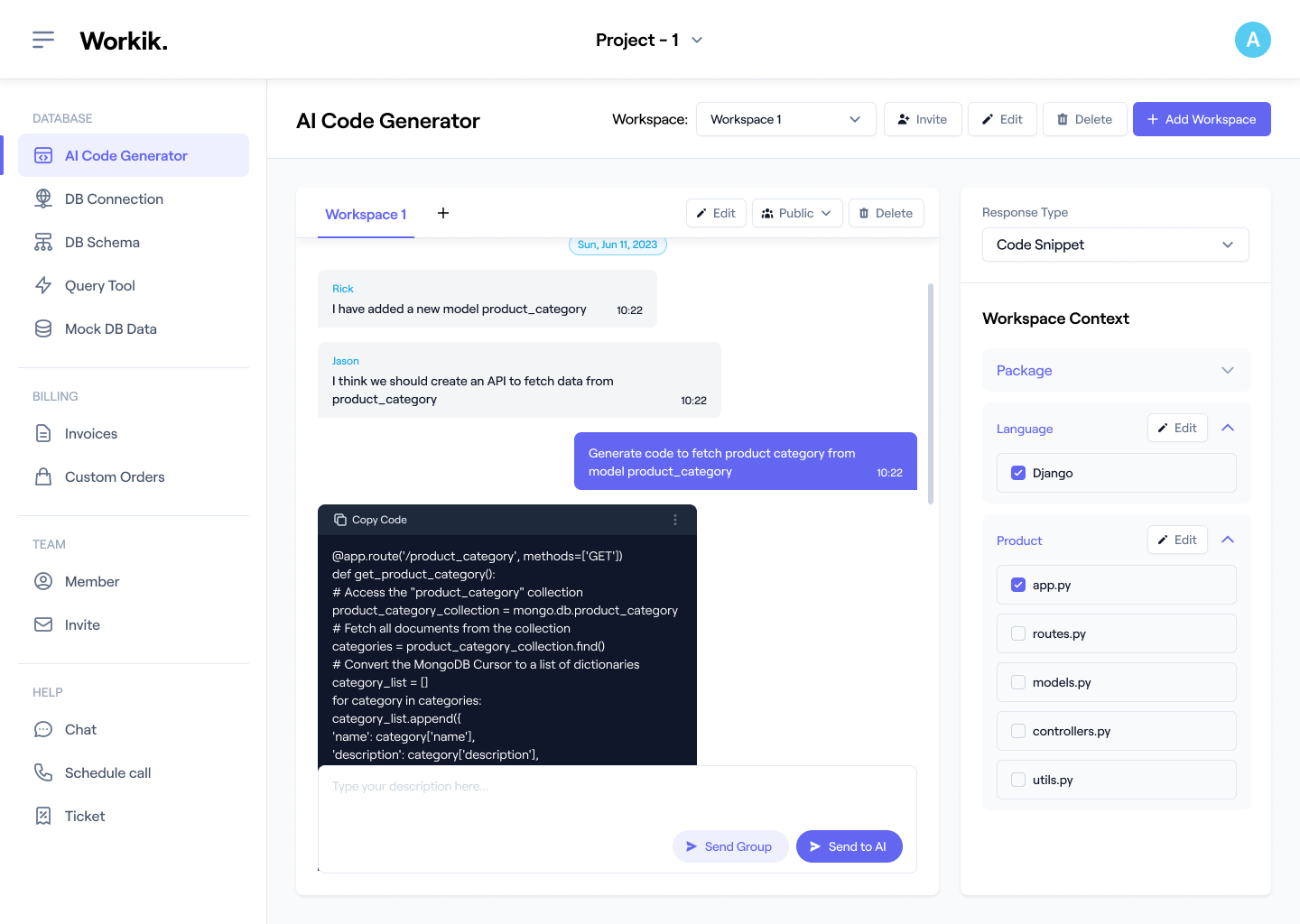

Expand
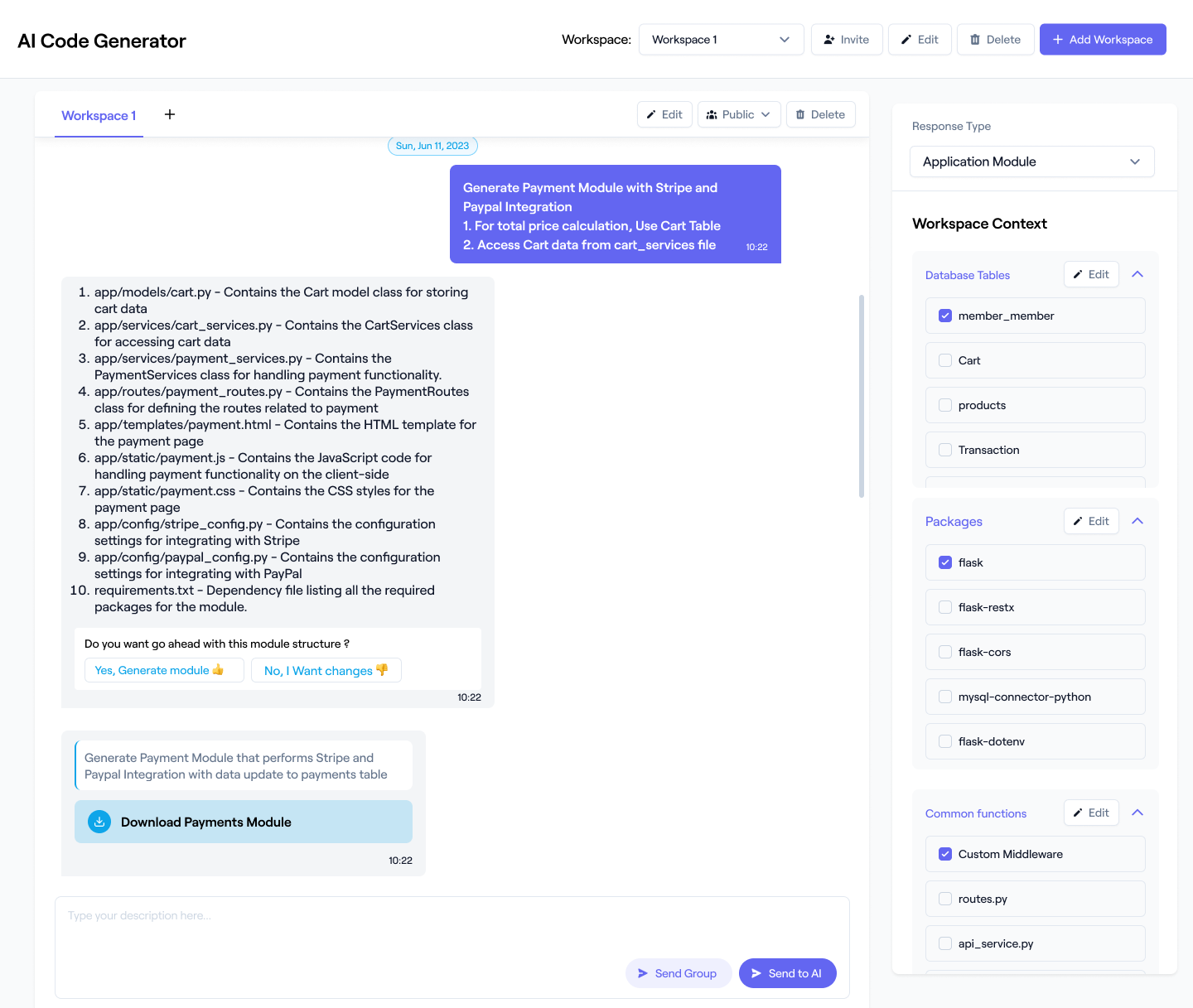

Expand
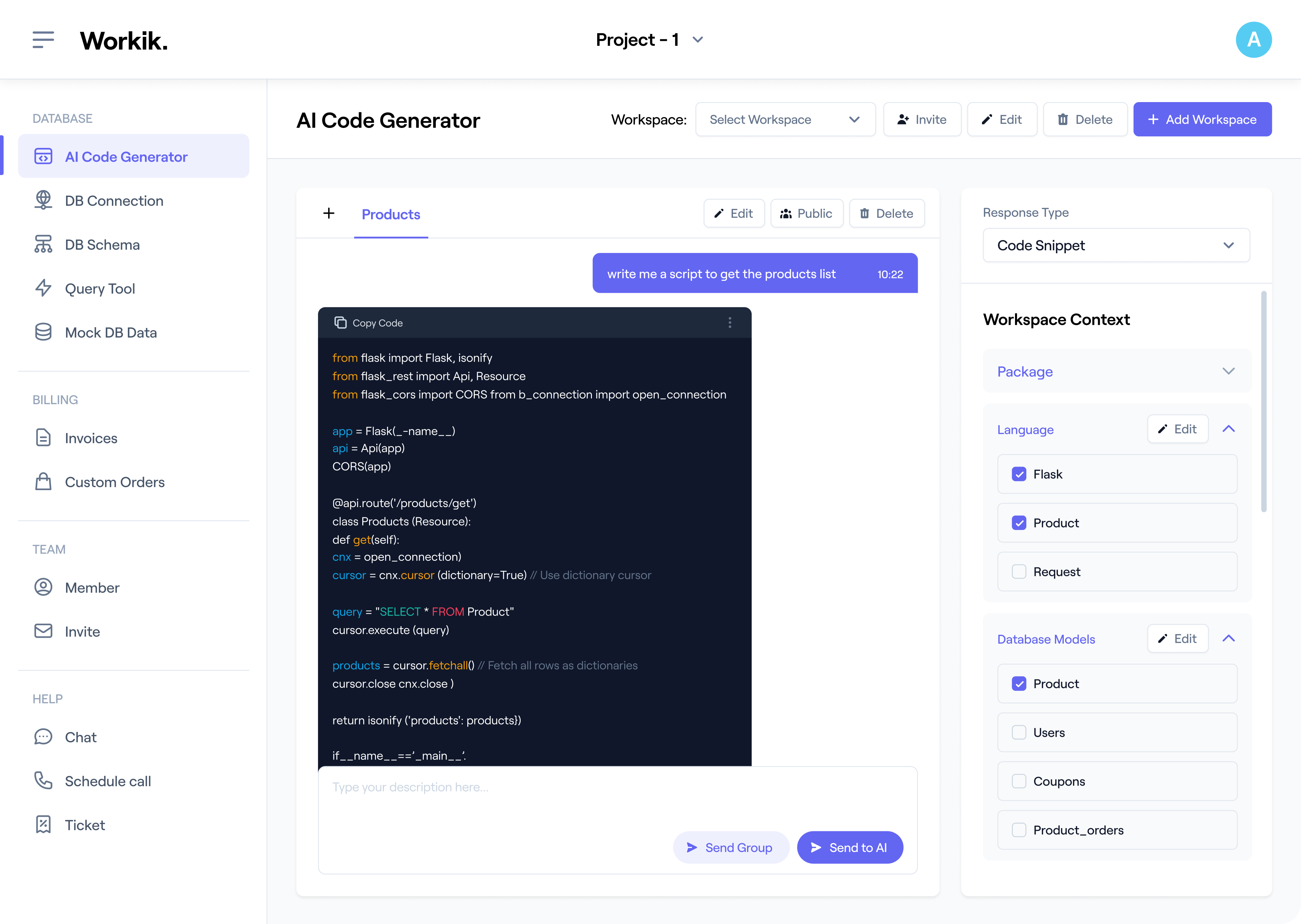

Expand
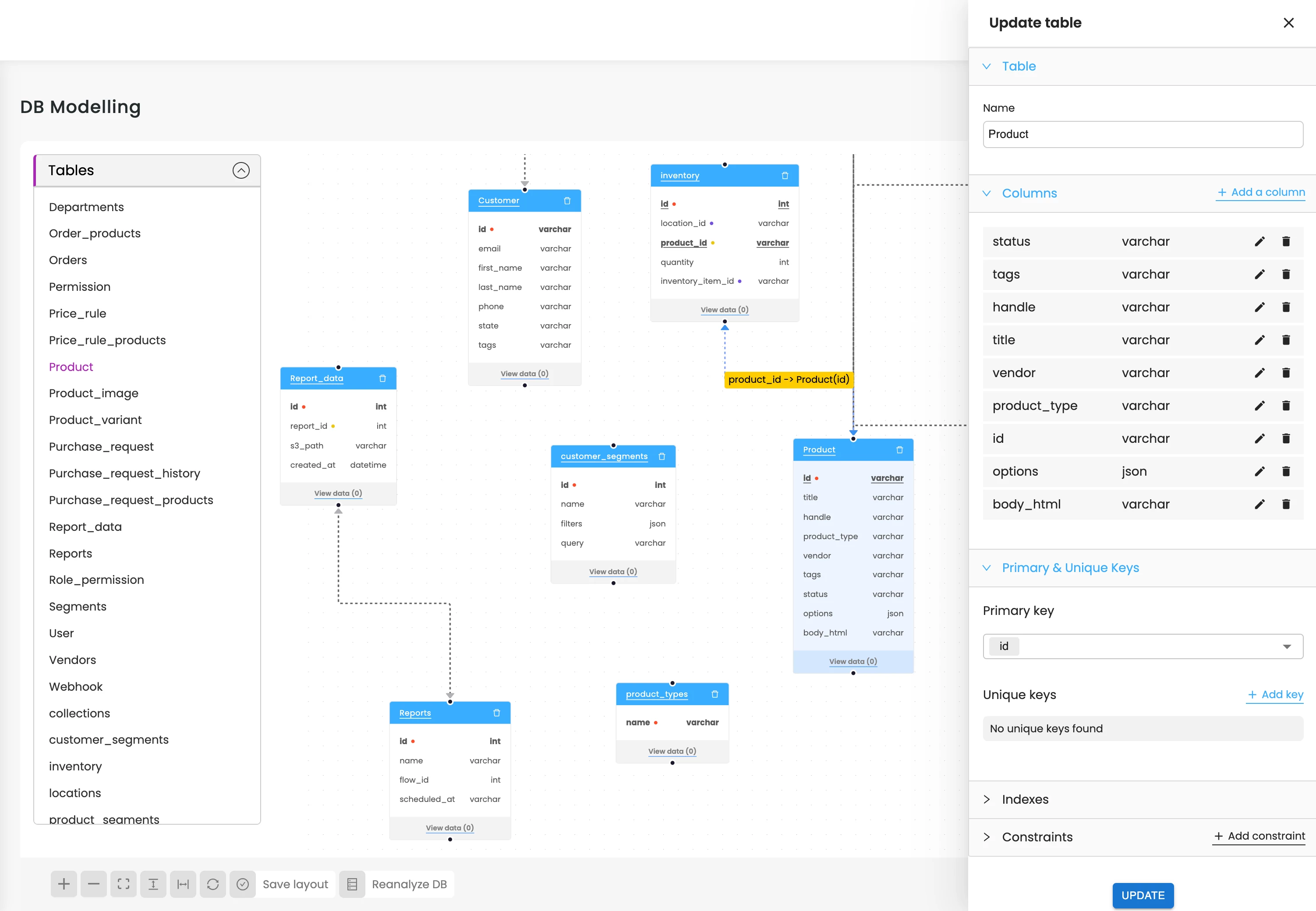

Expand
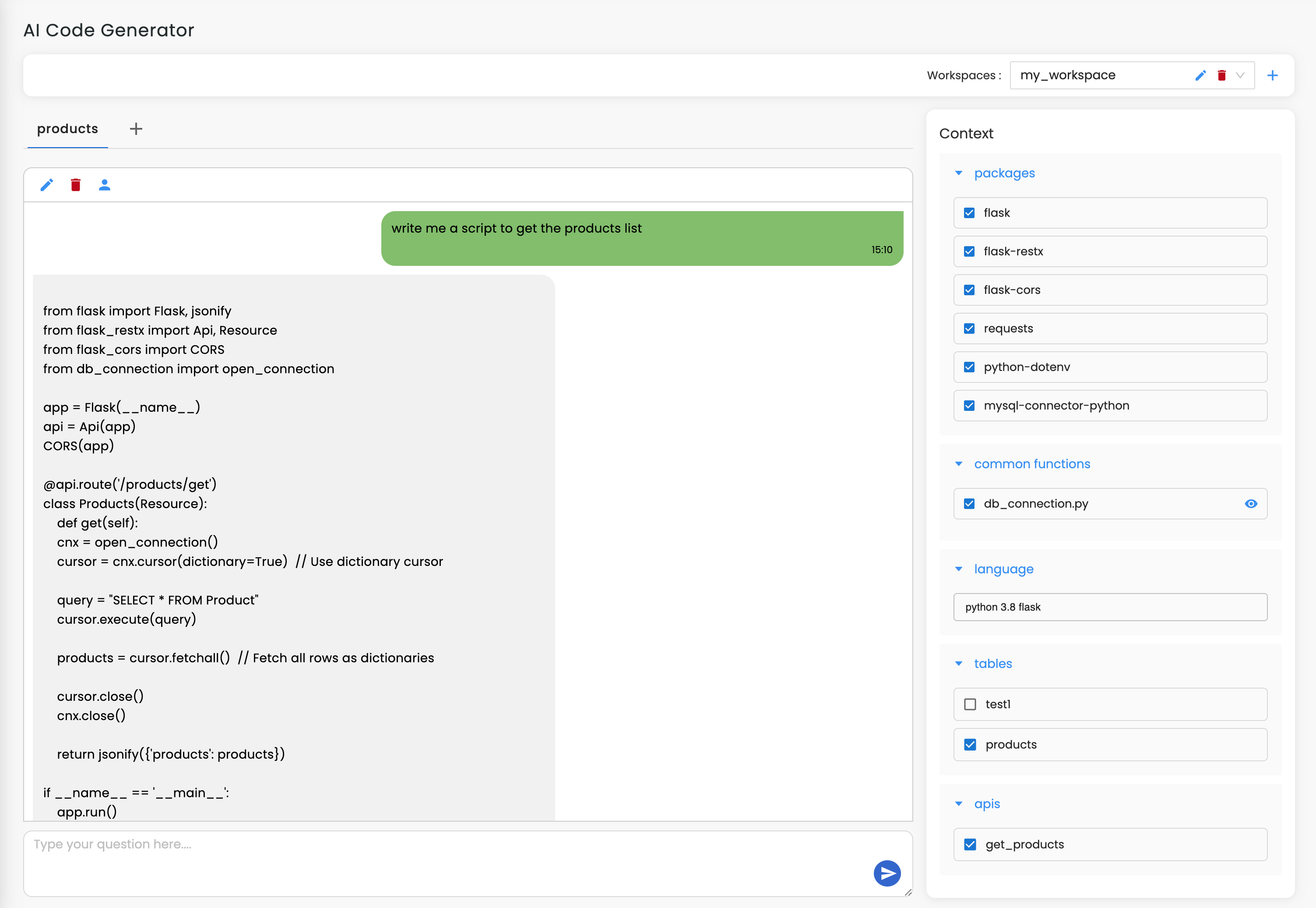

Expand


Expand


Expand


What are some popular use cases of AI-Assistance for Frontend Development?


Some of the popular use cases include but are not limited to:
1. Create reusable UI components
2. Generate custom hooks and utility functions
3. Produce comprehensive documentation
4. Refactor existing code for better maintainability
5. Debug and troubleshoot frontend code
What context-setting options does Workik provide for AI-assisted Frontend development?


Workik offers a range of context setting options to personalize AI’s output, such as:
1. Integrate GitHub, Bitbucket, GitLab code repositories
2. Languages & Frameworks Used
3. Structure of frontend state management (e.g., Redux store schema)
4. Component files (e.g., Header.js, Footer.jsx)
5. List of API endpoints with details (e.g., GET /api/users, POST /api/login)
6. User preferences (e.g., preferred design system like Material-UI or Bootstrap)
How does Workik AI handle state management in frontend applications?


Workik AI provides solutions for managing state in frontend applications, particularly for complex single-page applications (SPAs). It can integrate with state management libraries like Redux, MobX, or Vuex, and help in structuring your application state efficiently.
Does Workik AI support Progressive Web Apps (PWAs)?


Yes, Workik AI supports the development of Progressive Web Apps (PWAs). It provides assistance for implementing service workers, caching strategies, and offline capabilities, ensuring your web app delivers a native app-like experience.
Can Workik AI assist with frontend testing and debugging tasks?


Workik AI assists with various types of frontend testing such as unit testing, integration testing, and end-to-end testing. It also provides debugging assistance with features such as breakpoint debugging, console logging optimization, and real-time error tracking that ensures smooth development.
Can't find answer you are looking for?
Request question

Request question
Please fill in the form below to submit your question.
Try for Free

Frontend question & answer
Frontend development involves creating the user-facing part of web applications, focusing on building responsive, interactive, and visually appealing interfaces. It leverages technologies like HTML, CSS, and JavaScript, along with various frameworks and libraries, to create dynamic and user-friendly web experiences. Frontend development plays a crucial role in ensuring a seamless user experience, optimizing performance, and maintaining design consistency across different devices.
Popular languages, frameworks and libraries used in Frontend Development are:
1. Languages:
HTML, CSS, JavaScript, TypeScript
2. JavaScript Frameworks:
React, Vue.js, Angular, Svelte
3. CSS Frameworks:
Bootstrap, Tailwind CSS, Bulma, Foundation
4. State Management:
Redux, Vuex, MobX
5. Testing:
Jest, Mocha, Jasmine, Cypress
6. Build Tools:
Webpack, Babel, Parcel, Vite
7. UI Component Libraries:
Material-UI, Ant Design, Chakra UI
Popular use cases of Frontend Development include:
1. Single Page Applications (SPAs):
Develop dynamic and responsive web applications that load a single HTML page and update content dynamically.
2. Progressive Web Apps (PWAs):
Build web applications that offer a native app-like experience on the web.
3. Responsive Design:
Create websites that work seamlessly across different devices and screen sizes.
4. Interactive User Interfaces:
Design and implement user-friendly interfaces with rich interactivity.
5. E-commerce Sites:
Develop the frontend of online stores with seamless user experiences.
6. Content Management Systems (CMS):
Build frontend interfaces for CMS platforms.
Career opportunities and technical roles available for professionals in Frontend Development include Frontend Developer, UI/UX Developer, Full-Stack Developer, Web Developer, JavaScript Developer, and more.
Workik AI provides broad assistance in Frontend Development, which includes:
1. Code Generation:
Produces frontend code snippets and templates for various frameworks and libraries.
2. Debugging:
Identifies and fixes issues in frontend code with intelligent suggestions.
3. Optimization:
Recommends best practices for optimizing frontend performance and loading times.
4. Responsive Design:
Assists in implementing responsive design techniques and media queries.
5. Component Development:
Provides tools and guidance for building reusable UI components.
6. State Management:
Helps in setting up and managing state using libraries like Redux and Vuex.
7. Testing:
Aids in writing and running tests for frontend components using frameworks like Jest and Cypress.
8. Integration:
Assists in integrating frontend code with backend services and APIs.
Explore more on Workik
Get in touch
Don't miss any updates of our product.
© Workik Inc. 2025 All rights reserved.

